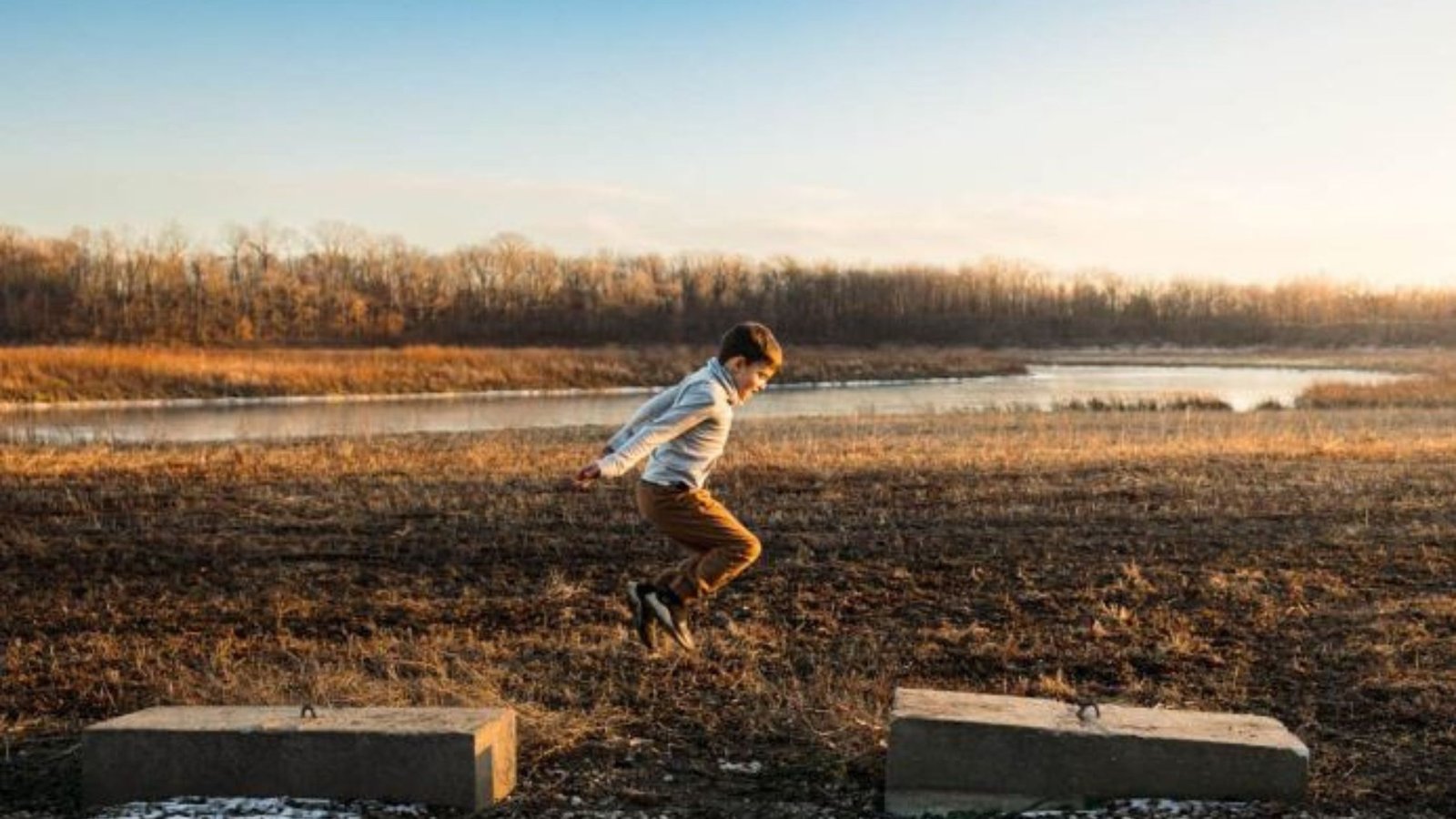Staying safe in the outdoors is essential for enjoying your adventures to the fullest. Whether you’re hiking, camping, or simply exploring nature, taking the necessary precautions can prevent accidents and ensure a memorable experience. In this guide, we’ll cover how to stay safe in the outdoors, providing practical tips to keep you and your companions secure.

Plan and Prepare
Planning and preparation are crucial for staying safe in the outdoors. Start by researching your destination and understanding the terrain, weather conditions, and potential hazards. Create a detailed itinerary and share it with someone who isn’t joining you on the trip. This way, someone knows your whereabouts in case of an emergency. Additionally, ensure you have the right gear and supplies for your adventure.
Check the Weather
Before heading out, always check the weather forecast. Sudden changes in weather can pose significant risks, such as flash floods, lightning, or extreme temperatures. Dress appropriately and pack extra clothing to adapt to varying conditions. Being aware of the weather helps you make informed decisions and stay safe in the outdoors.
Know Your Limits
Knowing your physical and mental limits is vital for staying safe in the outdoors. Pushing yourself too hard can lead to exhaustion, injuries, or worse. Choose activities that match your fitness level and experience. Take breaks, stay hydrated, and listen to your body. Recognizing your limits and respecting them is key to staying safe and enjoying your time in nature.
Use Proper Gear
Having the right gear is essential for staying safe in the outdoors. This includes sturdy footwear, appropriate clothing, navigation tools, first aid kits, and emergency supplies. Invest in high-quality gear that suits your activity and environment. Proper gear enhances your safety and comfort, allowing you to focus on enjoying your adventure.
Stay Hydrated and Nourished
Staying hydrated and nourished is crucial for maintaining energy and alertness. Always carry enough water and high-energy snacks. Dehydration and low blood sugar can impair your judgment and physical performance. Drinking water regularly and eating balanced meals will help you stay safe in the outdoors.
Use Navigation Tools
Getting lost is one of the most common dangers in the outdoors. Carry reliable navigation tools such as maps, compasses, or GPS devices, and know how to use them. Mark your route and identify landmarks. Staying on track ensures you can navigate safely and avoid getting lost in unfamiliar terrain.
Be Aware of Wildlife
Wildlife encounters can be dangerous if not handled correctly. Learn about the animals in your area and how to react if you encounter them. Keep a safe distance, avoid feeding wildlife, and store food securely to prevent attracting animals. Understanding and respecting wildlife is an important aspect of staying safe in the outdoors.
Practice Leave No Trace
Practicing Leave No Trace principles helps protect the environment and ensures safety for all outdoor enthusiasts. Dispose of waste properly, minimize campfire impact, and respect wildlife and other visitors. By following these guidelines, you contribute to a safer and more enjoyable outdoor experience for everyone.
Know First Aid
Basic first aid knowledge is invaluable when staying safe in the outdoors. Take a first aid course to learn how to handle common outdoor injuries such as cuts, sprains, or insect bites. Carry a well-stocked first aid kit and know how to use it. Being prepared to manage minor injuries can prevent them from becoming serious.
Stay Connected
Staying connected with others is crucial for safety in the outdoors. Carry a fully charged phone, but don’t rely solely on it, as signal coverage can be unreliable in remote areas. Consider carrying a satellite phone or a personal locator beacon (PLB) for emergencies. Staying connected ensures you can call for help if needed.
Respect Nature
Respecting nature is fundamental to staying safe in the outdoors. Follow park rules, stay on designated trails, and avoid disturbing wildlife. Respecting nature not only preserves the environment but also reduces risks to your safety. By treating nature with respect, you create a safer and more sustainable outdoor experience for everyone.
Conclusion
Staying safe in the outdoors involves careful planning, proper preparation, and respect for nature. By checking the weather, knowing your limits, using the right gear, and staying hydrated and nourished, you can enjoy your adventures without unnecessary risks. Navigation tools, first aid knowledge, and staying connected further enhance your safety. Remember, respecting nature and practicing Leave No Trace principles ensure a safe and enjoyable experience for you and future adventurers.











